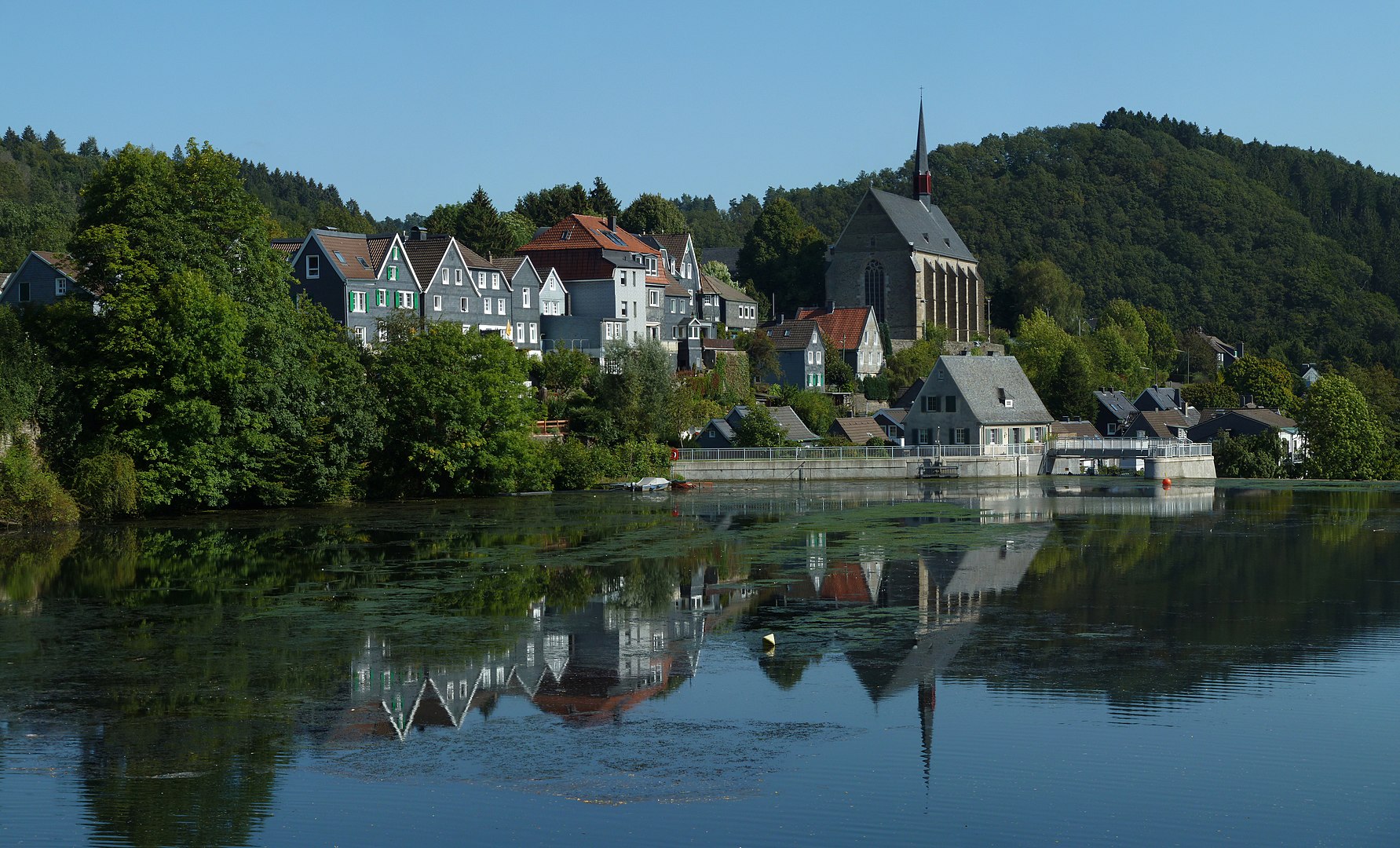Quick Bits:
Wuppertal sits in the German state of North Rhine-Westphalia. Known for its steep hills, lush valleys, and historic buildings, it holds a distinctive character. The city stretches along the Wupper River and grew during the industrial revolution. Famous for its monorail gliding above the streets, Wuppertal is both a marvel of engineering and a haven for nature.
While it might not grab global headlines like Berlin or Munich, this hillside city offers quiet intrigue. From vibrant neighborhoods to verdant trails, Wuppertal blends culture, history, and innovation.
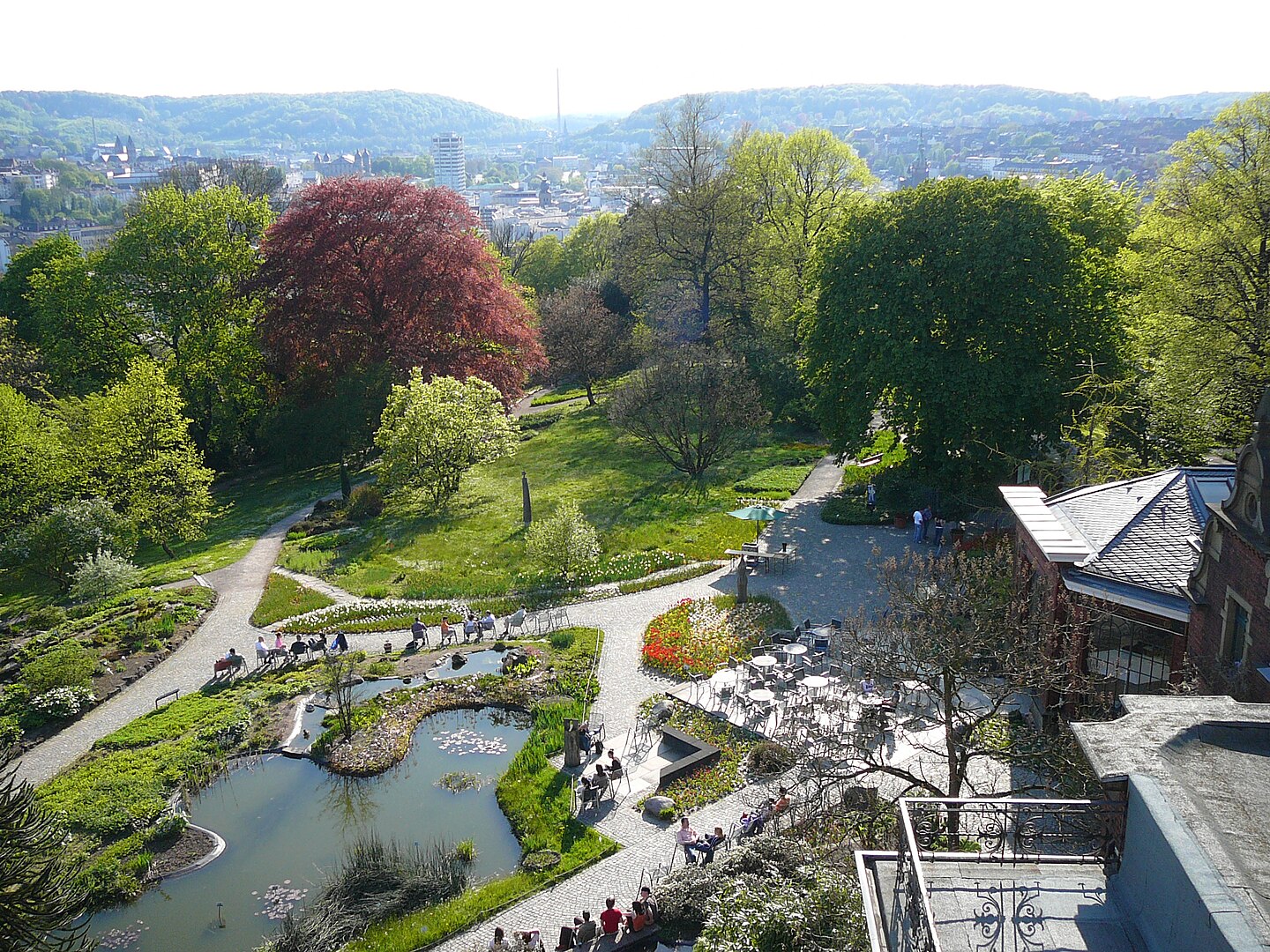
Image by: Atamari – Via Wikipedia
Key Highlights
- Wuppertal Suspension Railway: The world’s oldest electric elevated railway
-
Dance Theater Wuppertal: Home of world-famous choreographer Pina Bausch
-
Historic Architecture: Buildings reflecting Germany’s industrial glory
-
Green Urbanism: Over 4,500 acres of forest and parks
-
Art Scene: Renowned museums and urban street art.
General Information
-
Country: Germany
-
State: North Rhine-Westphalia
-
Population: Around 355,000
-
Language: German
-
Time Zone: Central European Time (CET)
-
Currency: Euro (€)
Wuppertal formed in 1929 through the merger of several cities including Barmen and Elberfeld. It earned its name from the Wupper River and is part of the Ruhr metropolitan region. The city stands out for its blend of natural beauty, urban structure, and cultural significance.
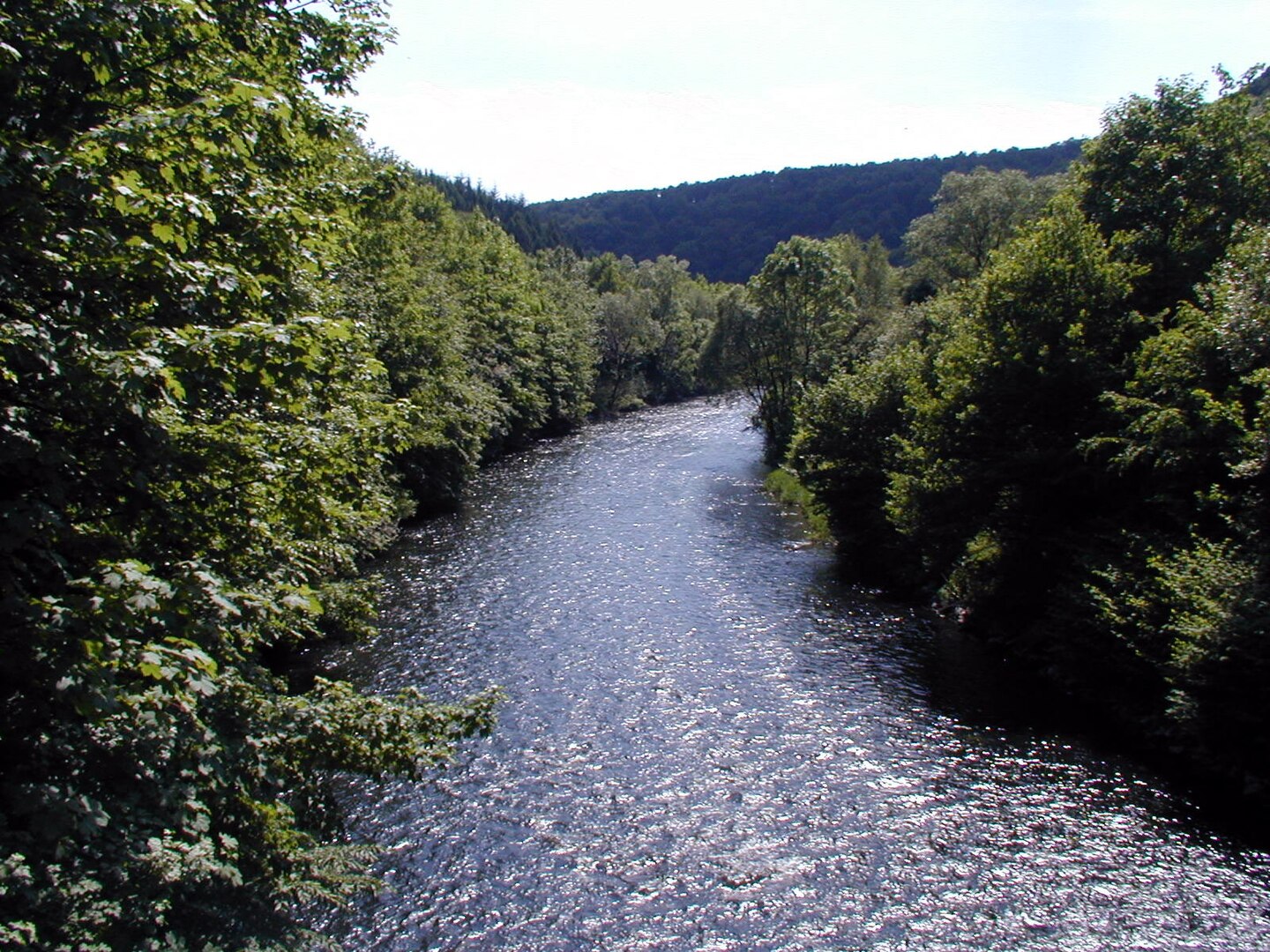
Image by: Atamari – Via Wikipedia
Geography Information
Wuppertal lies in a narrow valley formed by the Wupper River. The city rises along hillsides, creating layered urban tiers that offer panoramic views. Steep stairs and hillside paths connect lower and upper neighborhoods, giving the city a vertical rhythm.
The terrain helps divide Wuppertal into distinct quarters. Elberfeld serves as a lively commercial hub, while Barmen leans towards a quiet, residential charm. The city is wrapped in forests and green belts, ideal for hiking and biking.
Its hilly profile also gives it a unique skyline, dotted with factories turned museums, towering churches, and mid-century homes. Urban design respects the geography, often building along the slope rather than leveling it.
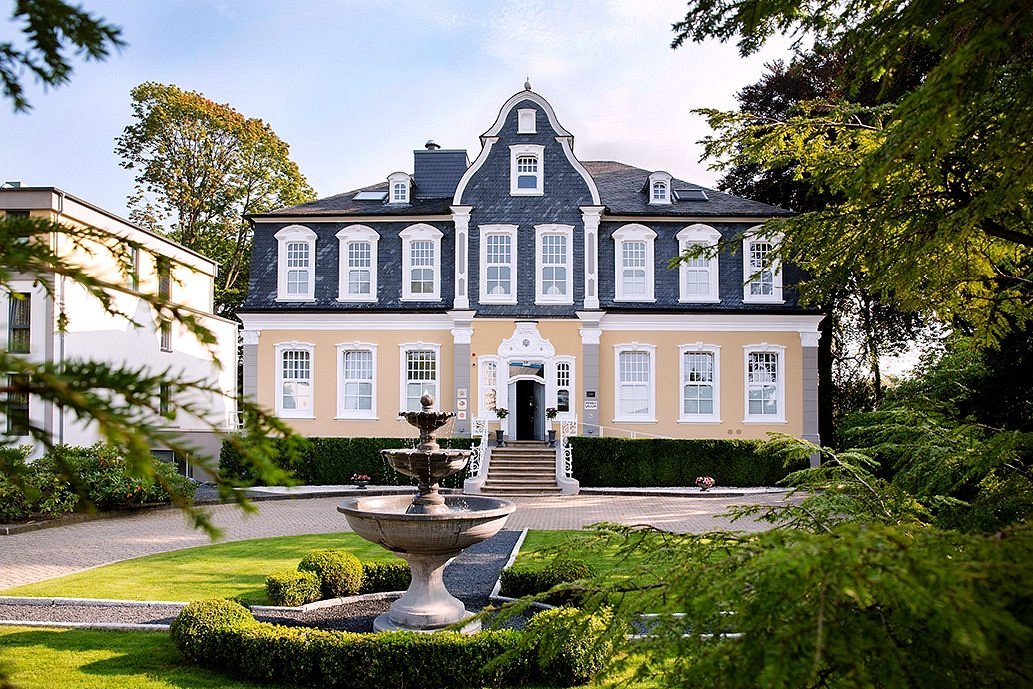
Image by: 625helmutw – Via Tripadvisor
Places to Visit
1. Wuppertal Suspension Railway (Schwebebahn)
This landmark glides 13.3 kilometers over the Wupper River and streets below. It began operation in 1901 and remains a daily commuter system. The best way to explore the city is from one of its carriages.
Highlights:
-
The famous “Kaiserwagen” ride
-
Unique city views from the elevated track
-
Stops near major attractions
2. Von der Heydt Museum
Located in Elberfeld, this museum hosts works from Monet, Picasso, and modern German artists. The building itself is a masterpiece of classical architecture.
Highlights:
-
Rotating exhibits
-
Permanent European painting collection
-
Strong support for contemporary creators
3. Zoo Wuppertal
Spread across hilly terrain, this zoo has over 5,000 animals. Spacious enclosures blend with the landscape, offering a natural feel.
Highlights:
-
Polar bear and lion exhibits
-
Historic elephant house
-
Family-friendly trails and play areas
4. Skulpturenpark Waldfrieden
An outdoor sculpture park founded by artist Tony Cragg. Sculptures sit among beech and oak trees on winding paths.
Highlights:
-
Outdoor art across seasons
-
Art gallery with changing installations
-
Serene walkways and café
5. Botanischer Garten
A botanical garden atop Hardt Hill, offering panoramic views. It houses rare alpine plants, exotic trees, and themed gardens.
Highlights:
-
Japanese cherry blossoms in spring
-
Glasshouse with Mediterranean plants
-
Educational panels and workshops
6. Historic Stadthalle
This 19th-century concert hall blends architecture and acoustics. Still in use, it hosts classical and modern music performances.
Highlights:
-
Guided tours
-
Elegant ballroom
-
Event calendar filled with orchestras and festivals.
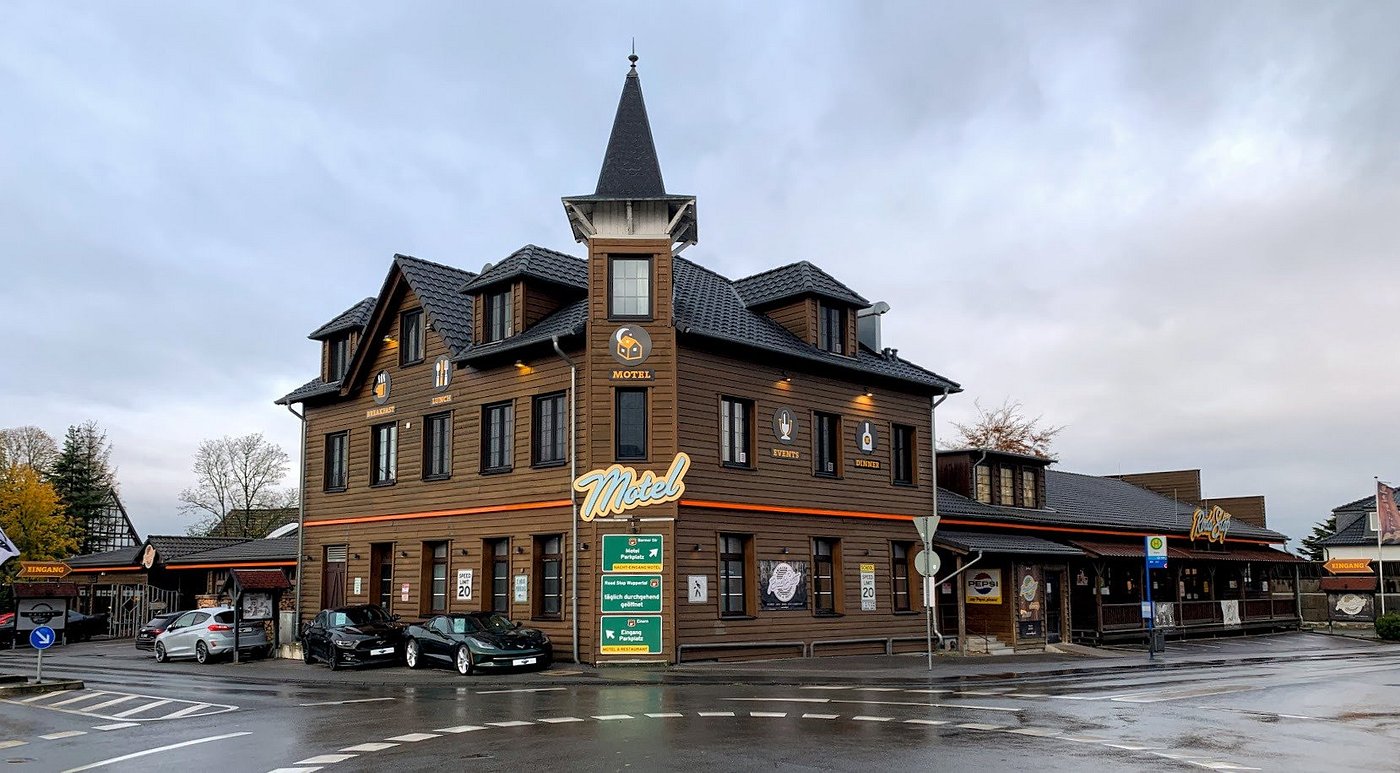
Image by: Nikolaus H – Via Tripadvisor
Yearly Climate
Wuppertal has an oceanic climate, influenced by the Atlantic winds. It avoids extremes and stays mild throughout the year.
| Season | Temperature Range (°C) | Weather Traits |
|---|---|---|
| Winter | 0 to 6 | Cool, sometimes snowy, overcast |
| Spring | 6 to 15 | Fresh, occasional rain, greener days |
| Summer | 14 to 24 | Warm, low humidity, ideal outdoors |
| Autumn | 8 to 16 | Colorful foliage, steady drizzle |
Rainfall spreads evenly over the year. Snow is rare but possible during January and February. Summer rarely gets hot, making it perfect for walks and rail rides.
Best Time of Year to Visit
Late Spring (May–June) and Early Autumn (September) are ideal for visiting Wuppertal.
Reasons to Choose These Months:
-
Comfortable temperatures
-
Clear views from hills and train rides
-
Bloom in gardens and parks
-
Cultural events and outdoor markets
Late spring brings cherry blossoms at Hardt Hill and open-air concerts near the Stadthalle. Autumn covers forests in shades of gold and red, perfect for hikes through the Nordpark and Burgholz Forest.
Summer is popular too, especially for festivals like “SommerLust” along the Wupper. Avoid deep winter if you dislike fog and damp streets, although holiday markets bring warmth in December.
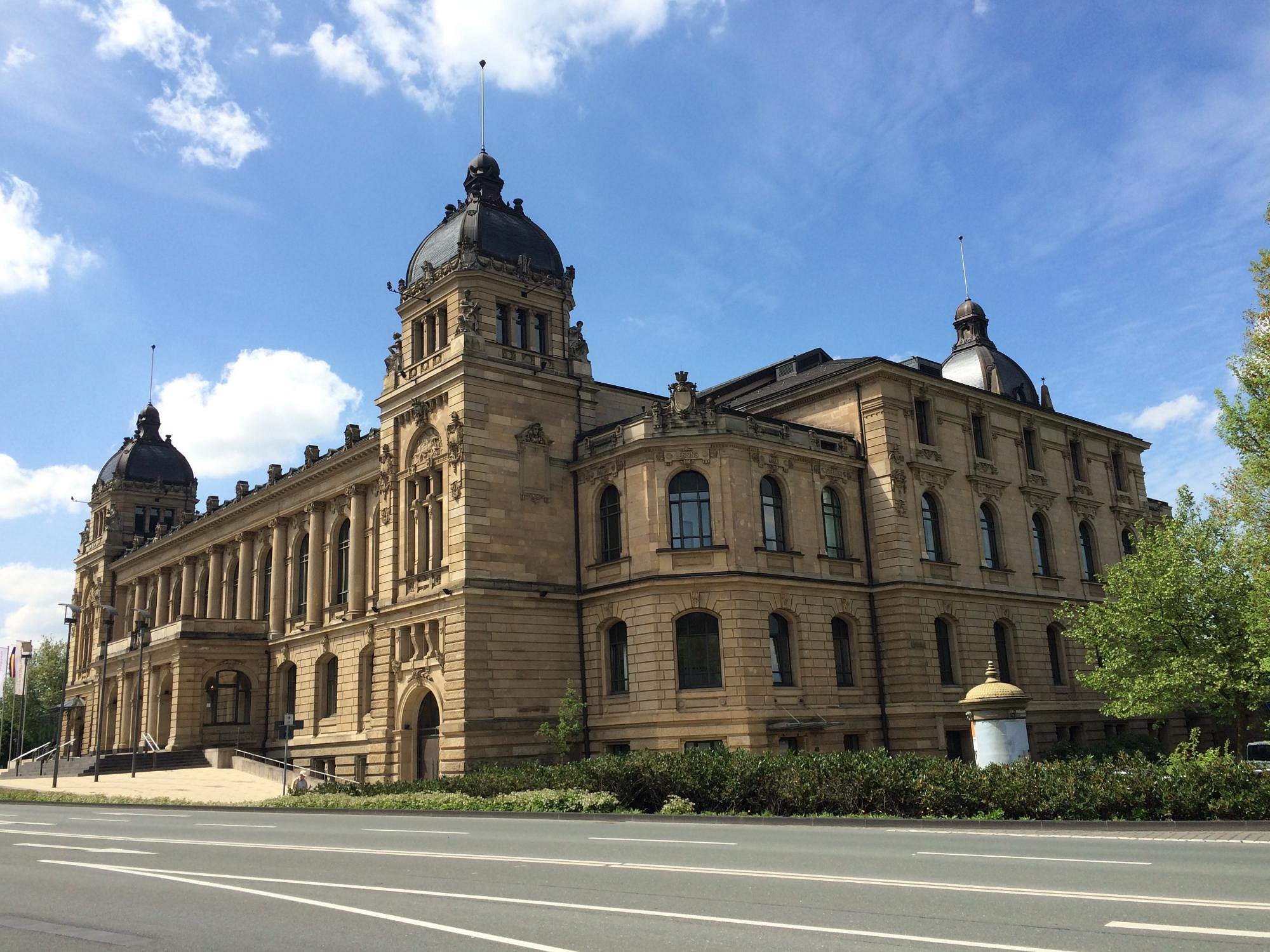
Image by: Elisabeth B – Via Tripadvisor
In Summary…
Wuppertal delivers something rare — a city shaped by hills, dressed in green, and connected by a sky train. It charms with its rhythm, combining past and present in a seamless glide.
Whether exploring art galleries, hiking forest trails, or cruising on the Schwebebahn, every moment carries the city’s pulse. This isn’t a place of grand monuments. It’s a hillside canvas painted in movement, culture, and quiet wonder.

